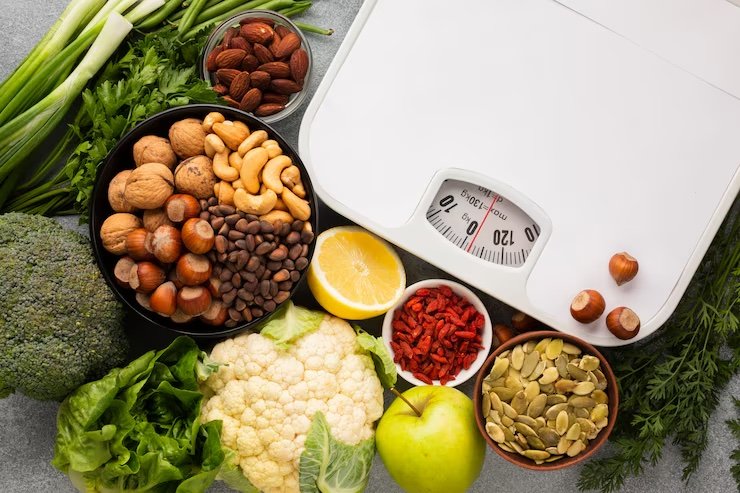Going Beyond BMI And The Number On The Scale
Body Mass Index (BMI) measures a person’s weight in kilograms / square of height in meters.
It’s used to screen for weight categories and can be an indicator of increased levels of adiposity (fat tissue) and risks for metabolic diseases like Diabetes Mellitus, Fatty Liver Disease, and Hypertension.
Underweight: BMI < 18
Normal: BMI 18-25
Overweight: BMI 25- 29.9
Class 1 Obesity: BMI 30 - 34.9
Class 2 Obesity: BMI 35- 39.9
Class 3 Obesity: BMI > 40
Although we do use BMI to assess for risk factors for those that carry extra weight there are many limitations with only relying on BMI to set weight loss goals and to assess if someone’s weight is actually unhealthy. Someone’s ethnicity may play a role in who is categorized in the overweight or obesity range. For example, people of Asian decent have a lower weight threshold to categorize in the overweight and obesity range. There is also recent data that people of African American descent may have a higher threshold to what is considered overweight or obese. Another limitation may be athletes or people that carry a higher muscle mass. Muscle mass weighs pounds, so someone of a higher muscle mass may inadvertently have a higher BMI, but that does not mean that they necessarily have an unhealthy weight!
This is where body composition comes into play.
Body composition is what your total weight is comprised of in terms of body fat percentage, water, and muscle mass. More advanced body composition scales can even measure visceral fat, which is the inflammatory fat that is surrounding your organs in the abdominal area. Having adequate muscle mass is key to obtaining metabolic health, as increased muscle keeps bones strong, serves as a healthy reservoir for fuel – specifically glucose (sugar) and helps keep your metabolic rate higher.
Ideal body fat percentage for women < 25% and for men < 32%
There are many scales that can be easily purchased online that can provide body composition.
The Metabolic Medical Weight Loss Program in Connecticut uses advanced body composition technology for all of their patients, which provides the most accurate weight assessments.
WHERE do you carry your weight? Carrying more weight in your midsection (abdomen) may pose a higher risk of metabolic diseases like Type 2 diabetes and Hypertension. If you do not have access to a body composition scale, simply tracking your waist circumference is an easy way to assess if you have risk factors for metabolic disease.
A healthy waist circumference for women is < 30 inches and for men < 35 inches.
For Asian men and women due to higher risk factors that this patient population have ideal waist circumference is lower: Women < 31 inches and Men < 35 inches
You can refer to this link from the CDC on how to measure your own waist circumference.
So the bottom line is, there is more to just the number on the scale! Our Medical Director for the Metabolic Medical Weight Loss Program in Connecticut suggest talking to your primary care or specialist doctors about whether your current weight is healthy for you. When setting weight loss goals, she recommends tracking your waist circumference and setting an initial 5-10% weight loss goal as this has been proven to improve metabolic markers and overall health.
Are you struggling with your weight? Schedule a free discovery consultation with Vitals Health!

